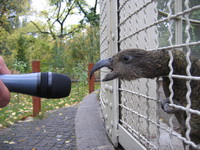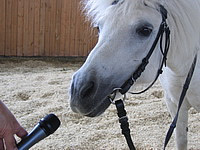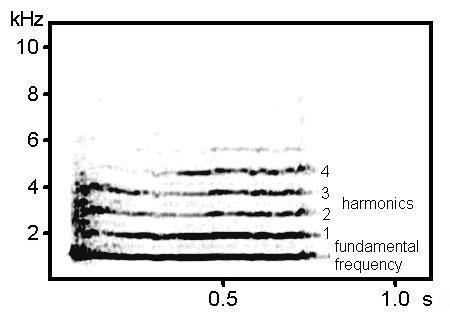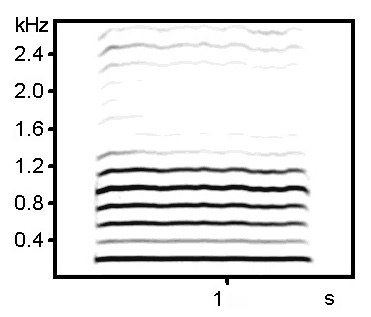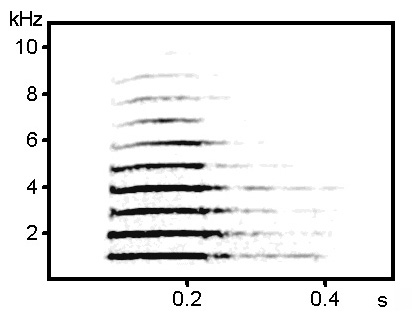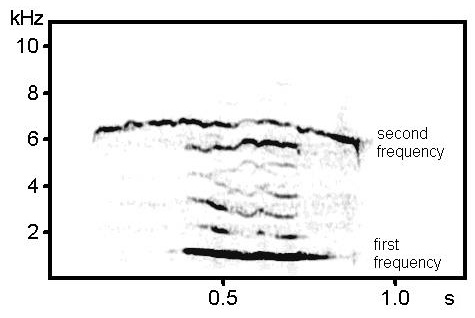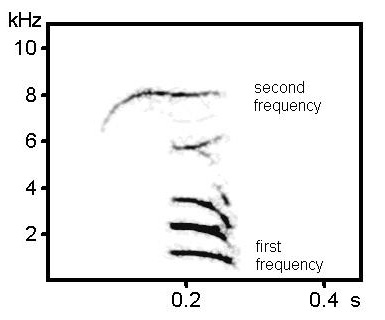Volodins
|
 |
 |
|
|
ANIMAL SOUND GALLERYAnimal Sound Gallery is intended both for everybody who loves animals and for specialists. The authors of the “Gallery” Ilya Volodin and Elena Volodina selected for you some audio fragments, photos and video clips from numerous working materials being gathered in the run of studying animal behaviour in Moscow Zoo and some other zoos both in Russia and abroad. Many of these animals can be seen (and listen) now in Moscow Zoo.
What is the difference between animal calls and human speech?In human speech, each word means subject, concept or action. But apart precise meanings, a person pronouncing a word puts in it his emotions and mood. If the word was pronounced with thin voice, we realize that it was a child, and if with bass – that it was an adult man. And although, in contrast to human words, animal calls don’t consist the precise meanings, they are not senseless, because, similarly with human speech, bear information about animal’s mood and intentions, and say, if it is young, female or male, big or small, and even is it the owner of this territory or not. It is becoming clear from such call features as pitch (high or low), loudness, repetition rate, and many others. Besides, most animal species possess by rich vocal repertoires: for example, they can select among growling, barking, howling, whining, whimpering, squealing, hooting, and sometimes have especially exotic sounds, such as echolocation clicks. But do humans have sounds that are perfectly analogous to animal calls? Yes, but, in contrast to animals, humans have very poor choice: everybody knows laugh and weep, as well as limited set of oh! ah! and significant hems. Of course, all these sounds can’t be translated in the form of words and sentences. However, they perfectly allow to judge about mood, sex, and age of a talker. Both humans and most nonhuman mammals produce sounds using a couple of vocal folds, located in larynx. The vocal folds can vibrate with frequency of a few hundreds or thousands times per second. This frequency assumed the name of fundamental frequency and is measured in Hertz (1 Hz = 1 cycle per second). The computer-made sound portrait – spectrogram, reflecting dependence of sound frequency from time, show the rate of vocal folds vibrations as the lowest band in the pile of frequency bands, lying one above another.
Figure: Dog whine.
Figure: Sound «a-a-a» of an adult man. Birds produce calls in different place than animals – in syrinx, located in the place of bronchi branching, but the principle of sound production is the same.
Contrastingly to humans, many beasts (even domestic dogs) can produce two frequencies simultaneously, that is, one animal can emit two voices.
|
|
|

